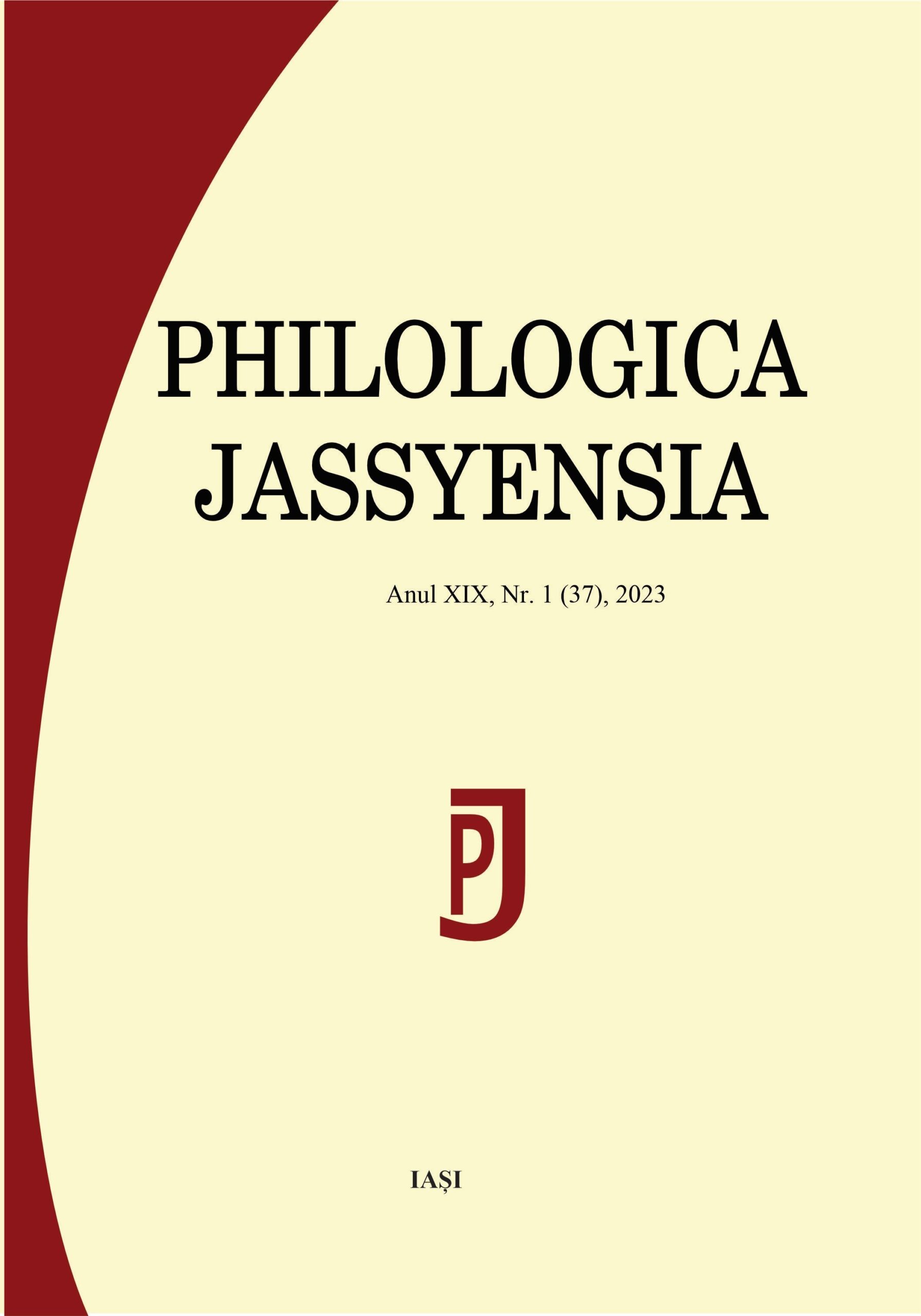Dialectal Features of the Popular Novel Barlaam and Josaphat
Dialectal Features of the Popular Novel Barlaam and Josaphat
Author(s): Maria Stanciu IstrateSubject(s): Novel, Lexis, Philology
Published by: Editura Tracus Arte
Keywords: Barlaam and Josaphat; Udriște Năsturel; Church Slavonic; dialectal features; phonetics; literary norm;
Summary/Abstract: The aim of my research is drawing attention to the linguistic characteristics of Romanian manuscript 588 from the Library of the Romanian Academy in Bucharest. The manuscript contains the oldest known copy of the translation of Barlaam and Josaphat made by Udriște Năsturel in 1648. It does not contain any information about the scribe of this particular text. The manuscript predominantly exhibits phonetic features specific to the norm of the southern or Wallachian variant: protonic [ă] > [a] (pahar), the anticipation of the palatal element in the following syllable (câinele, mâine, pâine), [î] > [u] through assimilation (să umblu, se umplu), the soft pronounciation of the labials [p], [b], [m] and labiodentals [f], [v] in strong position (trupească, iubesc, merg, sfeatnic, veșmânt), the hard pronunciation of [d] (dăstul, dălunga, dăstoinic), [dz] > [z] (boteza, Dumnezeu, ziuă), [ǧ] ˃ [j] (ajutor, joc, județ) etc. In addition to phonetic features specific to the southern area, which are due to the translator, the manuscript under investigation presents some peculiarities that point to Oltenia and the western part of Muntenia, reflecting the dialect spoken by the scribe: the change of [ă] protonic to [a] in the words sarac and vrajimașului, the hard pronunciation of [ș] in așâjderea, and the preservation of the diphthong […a] in a stressed medial position as seen in examples such as întunearec, nădeajde and putearea.
Journal: Philologica Jassyensia
- Issue Year: XIX/2023
- Issue No: 1 (37)
- Page Range: 145-153
- Page Count: 9
- Language: English

